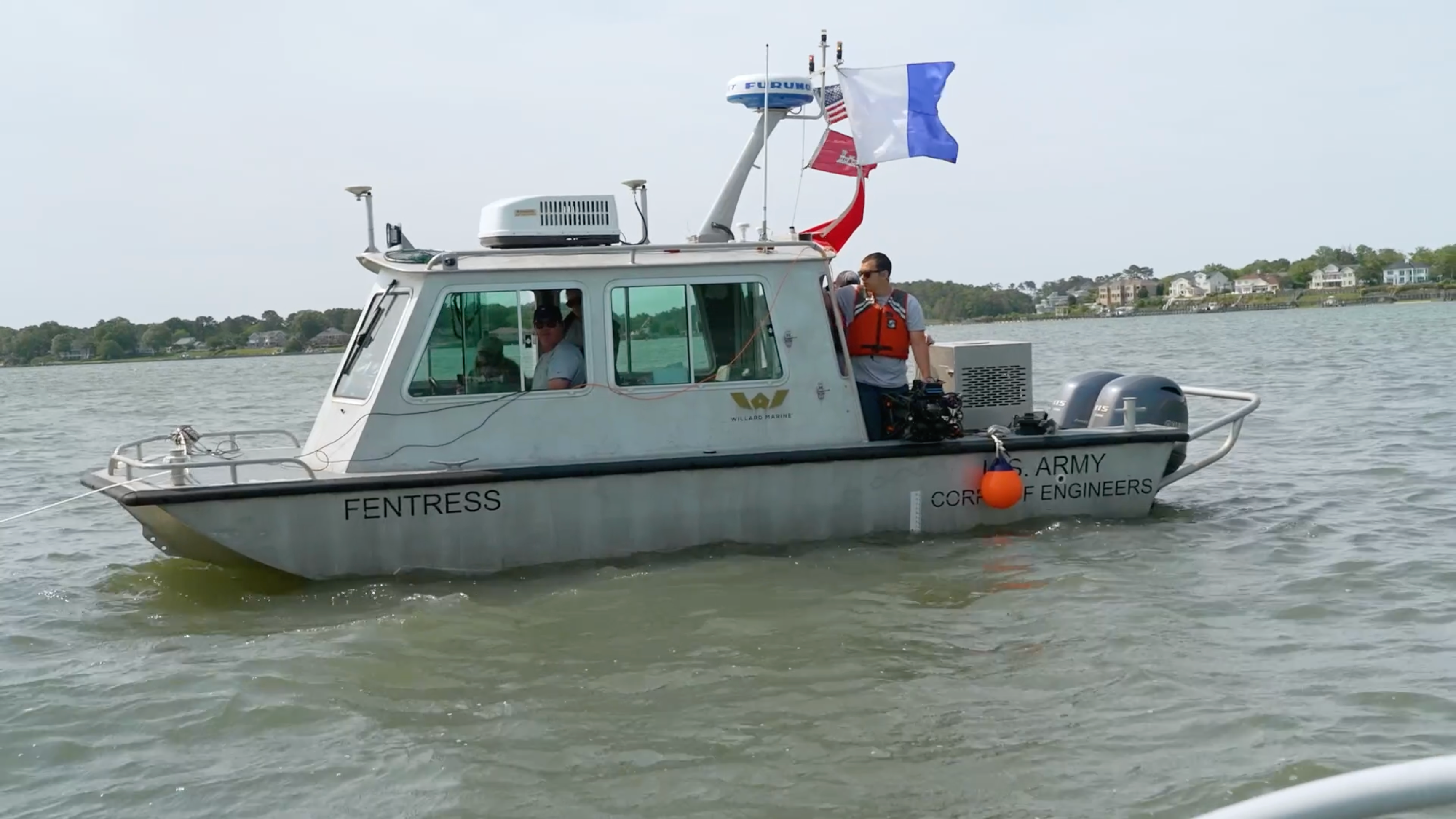Navigating the Hamptons Roads Bridge Tunnel or enjoying recreational activities on the James River, it's easy to overlook the essential infrastructure that sustains our daily lives. What many may not realize is that the U.S. Army Corps of Engineers (USACE) partners with city, state and other federal organizations to ensure the maintenance of such infrastructure through an array of different projects which help the Corps achieve its mission to provide effective engineering solutions to some of the Nation's and Commonwealth's toughest challenges.
The USACE mission involves civil works, coastal storm risk management, military construction, environmental restoration, and regulatory programs. USACE spearheads the operation and maintenance of the Atlantic Intracoastal Waterways, which include the Dismal Swamp and Albemarle Canal, along with management of three bridges, three navigation locks, and 30 miles of canals connected to the Chesapeake Bay. Additionally, the Corps spearheads the maintenance and improvements of the waterways surrounding the most modern port in the nation, the Port of Virginia, which contributed $63 billion to the Virginia gross state product in fiscal year 2022 thanks to the Norfolk Harbor Deepening and James River Federal Navigation Project.
It's essential to understand that these projects come about in response to requests from local and state agencies, with congressional authorization. The James River Federal Navigation Project is authorized by the River and Harbor Act of 1884 and has continued operations through subsequent modifications. It spans over 90 miles from Hampton Roads to Richmond, Virginia. This project significantly contributes to enhancing water navigation in the region, with specific maintenance standards for different river segments.
From the mouth of the river to Hopewell, the waterway is kept at a depth of 25 feet and a width of 200 feet. Beyond Hopewell to the Richmond Deepwater Terminal, the maintained depth decreases to 18 feet, with the same width. Additionally, the Richmond Harbor features a turning basin, maintained at 18 feet depth, 200 feet width, and 600 feet length.
Like the James River Federal Navigation Project, the Norfolk Harbor Deepening Project maintains the widths and depths of the Norfolk Harbor and is pivotal when it comes to ensuring unobstructed freedom of movement to the large freight vessels which frequent the port. The projects also bolster national security, facilitating continued access to the Naval Shipyard in Norfolk as well.
In this video, Thomas Potter, a USACE construction control representative, offers insights into a dredge site inspection. He highlights the intricate details of the James River Federal Navigation Project, emphasizing the importance of dredging, his role in supporting the Corps' civil works missions, and the impact this project has on national security and the economy.










